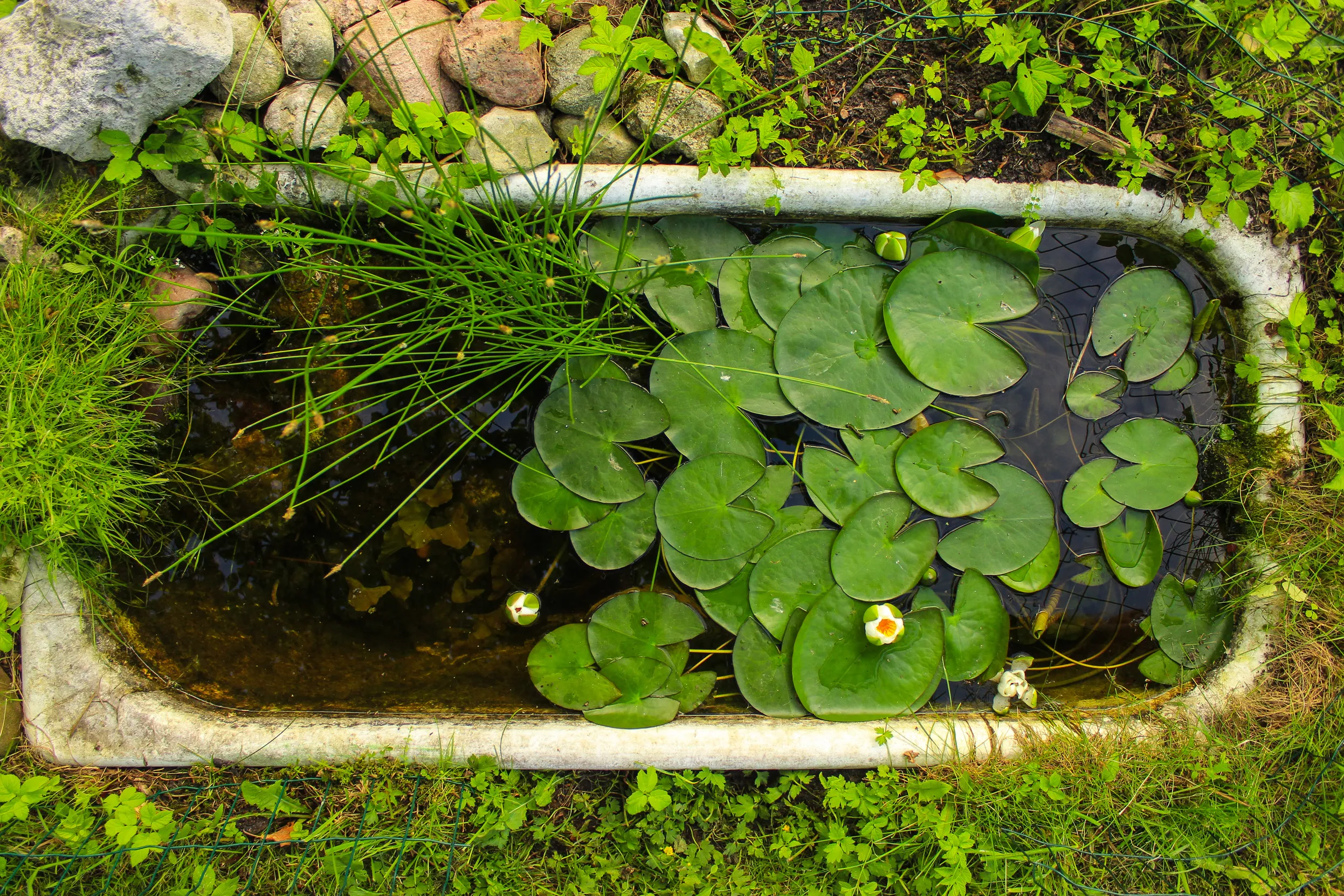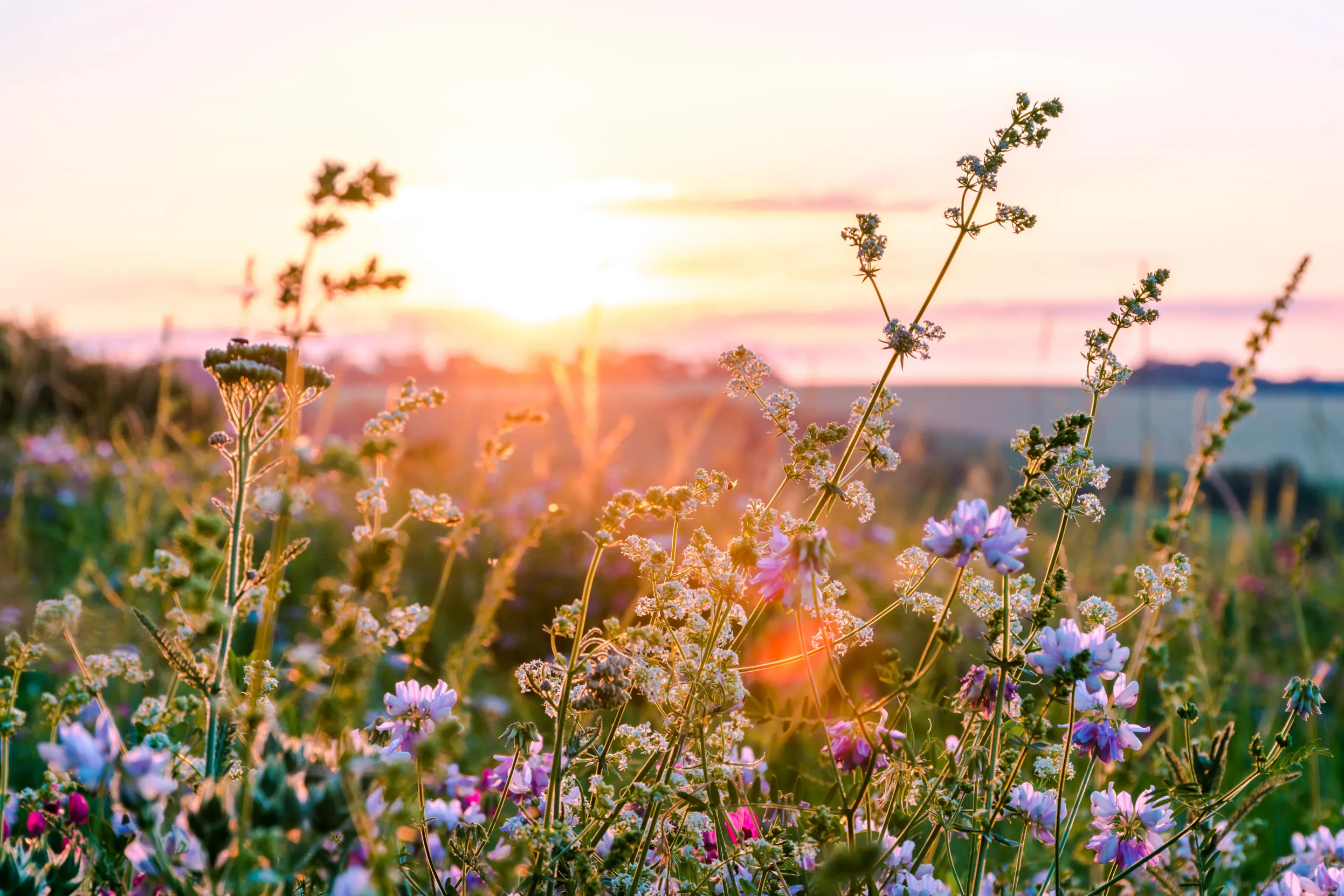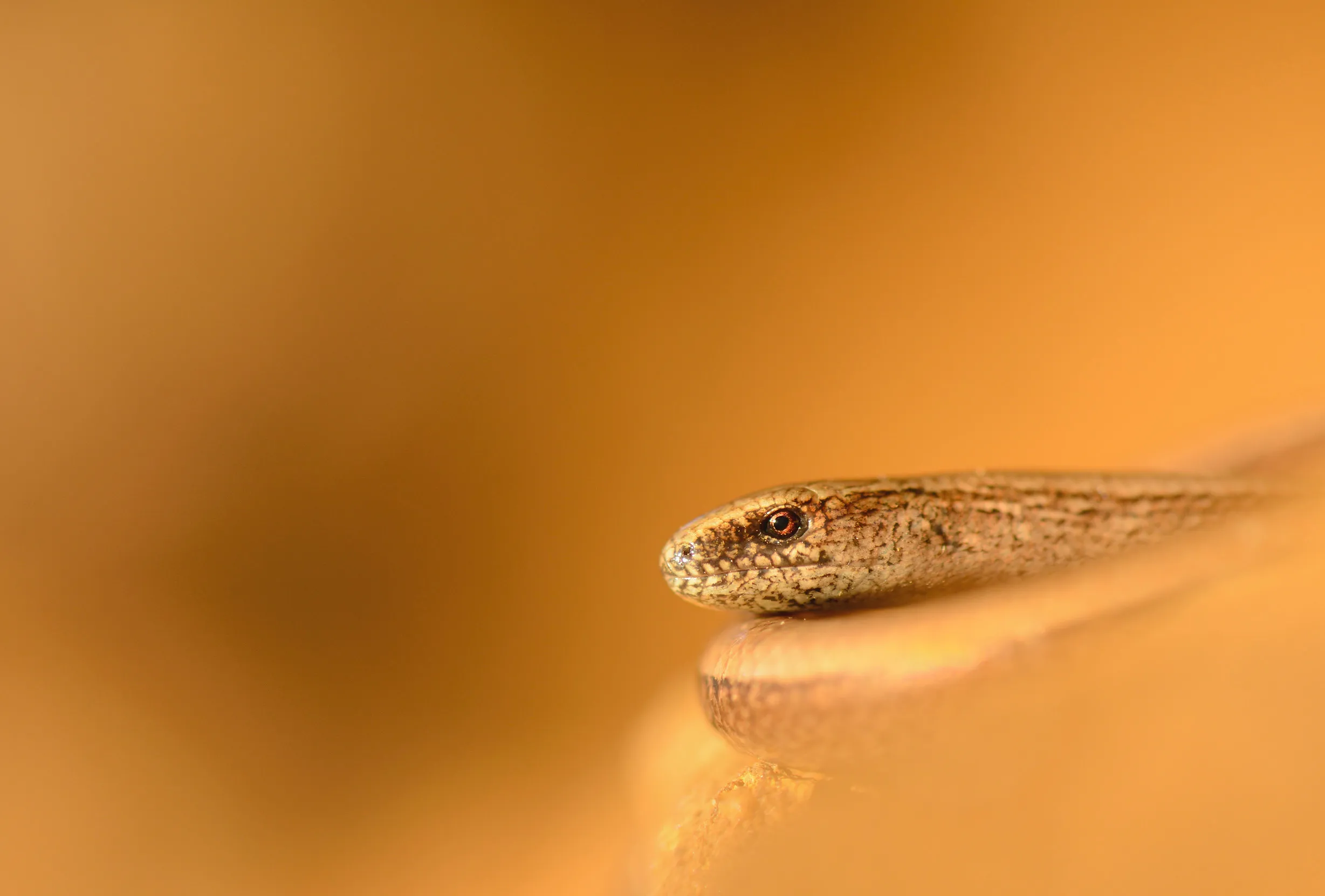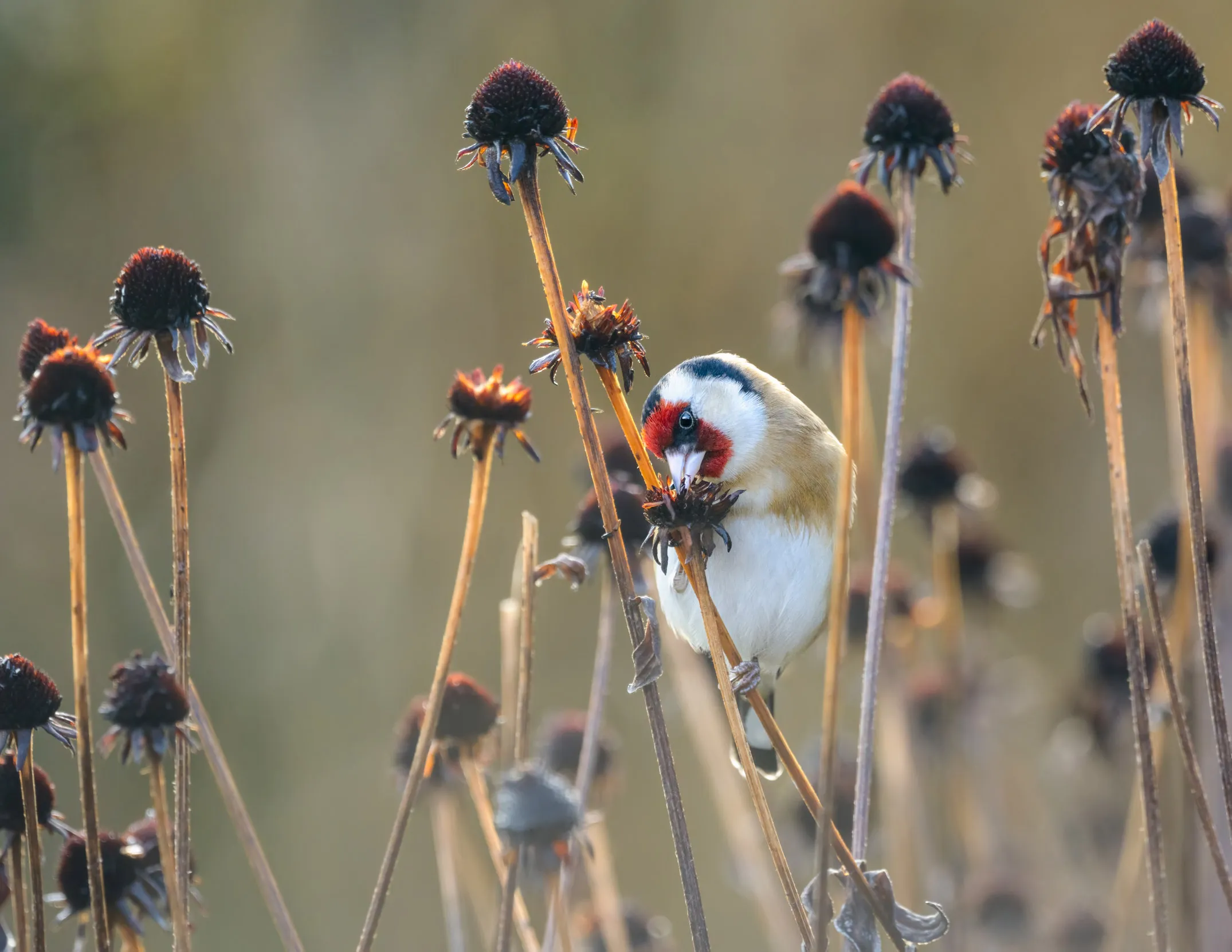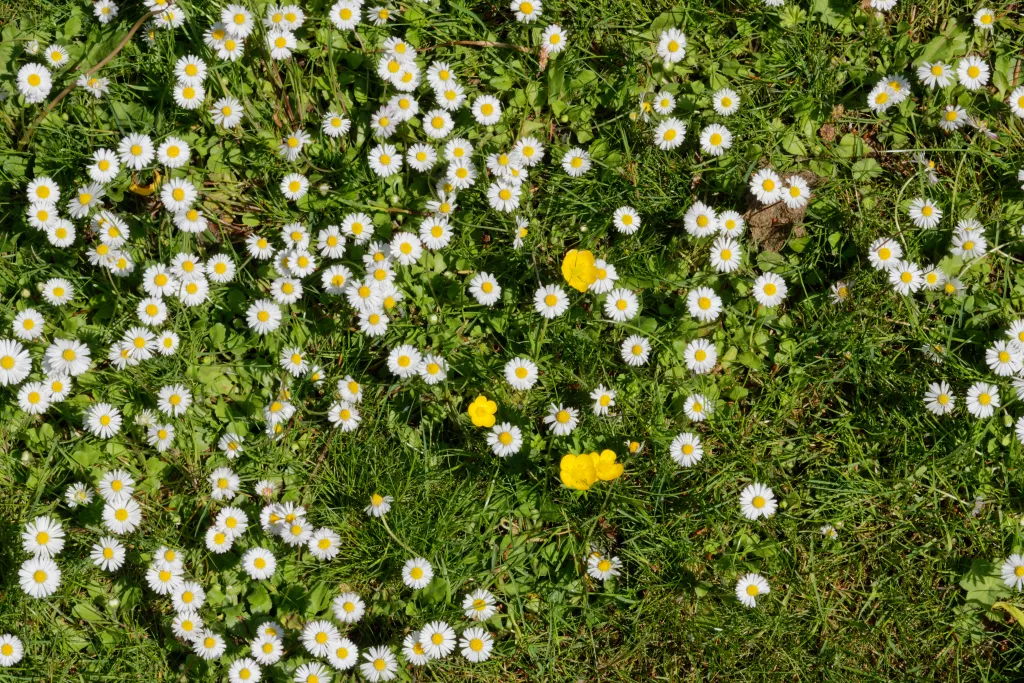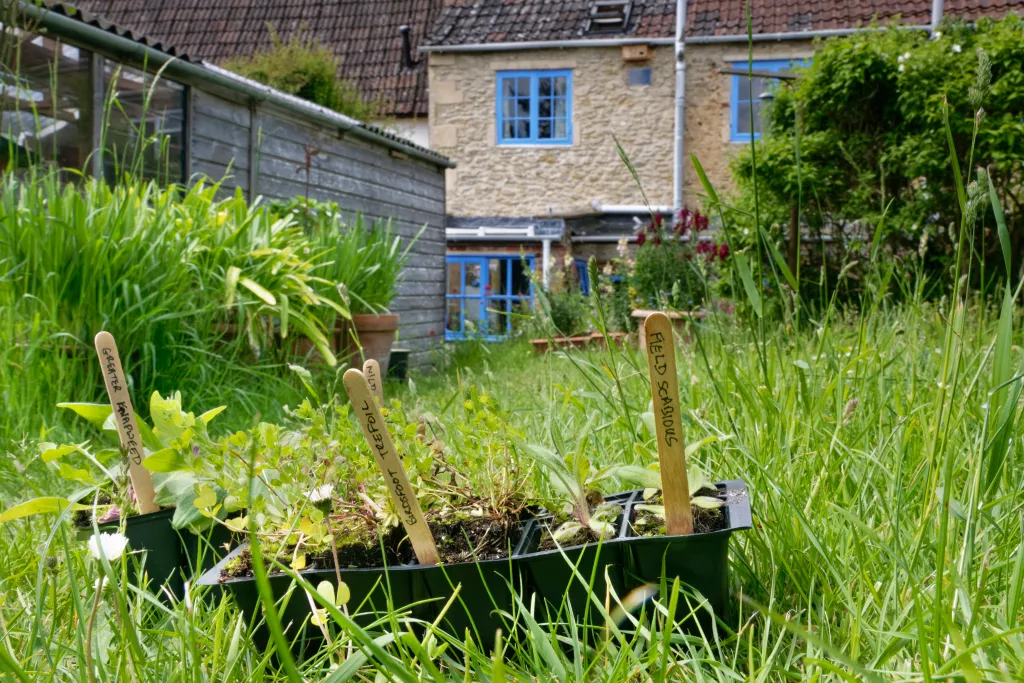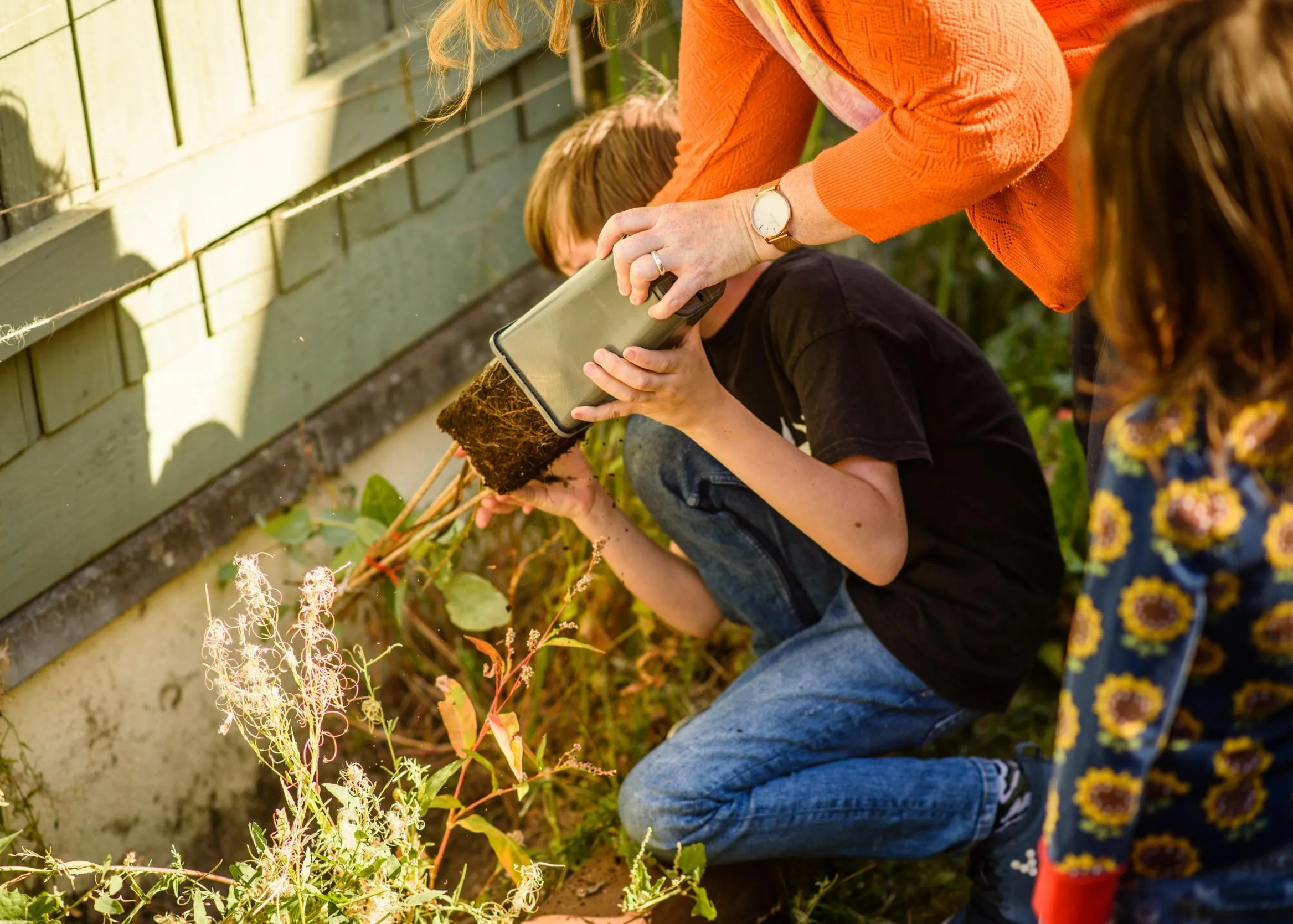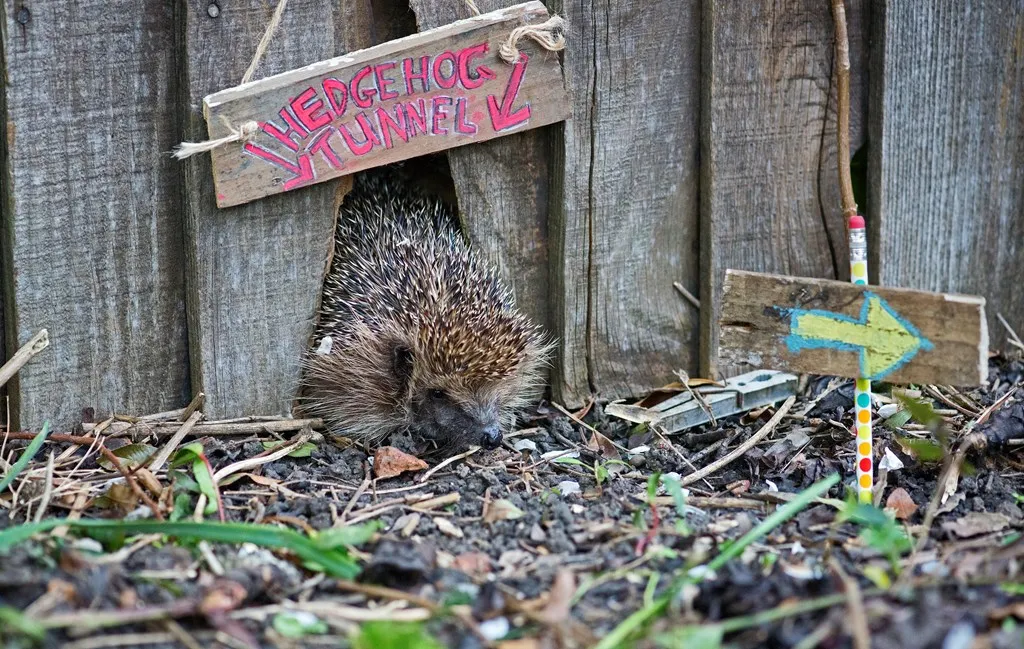
Keep a corner of your garden or yard undisturbed, preferably somewhere with a bit of grass where scattered seeds for wildflowers can grow, and where you can put a Hedgehog hole in, so Hedgehogs can pass from your garden to the next. That safe, human-free corner will attract lots of wildlife looking for a safe haven, especially in an urban environment.
Louise France
